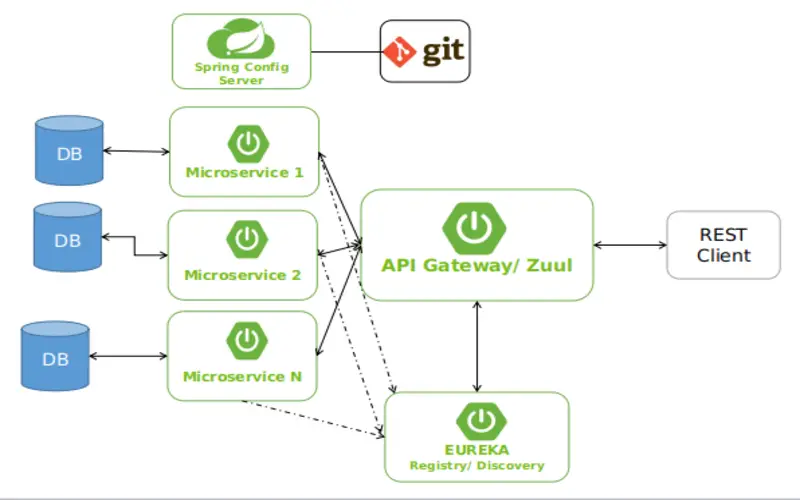What Is Microservice Architecture?
Microservices, also known as microservices structure, is a software structure used in cloud-native application development. Applications invented by this pattern consist of small, individual, and roughly coupled employable parts that together give the abilities of the application.
Each service in the microservice structure offers a different company’s function and transmits with other microservices through well-defined interfaces, mainly using RESTful APIs.
Microservices is a structure used for manufacturing software using many distinct solutions merged into an app. Each microservices is managed for tracking a small and particular task. Since an app’s structure is divided into distinct pieces, it may have multiple companies’ logic, tech stacks, and databases.
What Are Microservices?
In a microservice stature, each application comprises many smaller, inexactly coupled and individually employable services.
What Is The Microservices Structure Used For?
Generally, microservices are pre-owned to speed up application development. Microservices structure manufacture using Java in general, especially Spring Boot Ones. It’s also general to contrast microservices versus service-oriented structures. Both have the same goal, which is to break down monolithic applications into smaller bits, but they have different scopes.
Examples And Use Cases
Microservices have been prosperous and applicable in a vast range of AI/ML and Data Science use cases. Here are examples
Actual-Time Anomaly Detection
Microservices can be employed in actual-time anomaly evaluation systems, where data flows are consistently observed for an abnormal nature. Each microservices can control a particular aspect of the evaluation process such as data consumption, characteristics extraction, Model training and anomaly forecast. It enables effective parallel processing and is quick to anomalies.
Career Aspects And Industry Relevance
Experts in microservices structure, AI/ML, and Data Science are more remarkable to pursue in today’s industry. Understanding how to design, build, and implement microservices-based AI/ML systems can open up new job opportunities.
As enterprises adopt microservices for AI/ML and data science applications, experts, skilled in these areas can distribute to manufacturing scalable and movable systems that send correct and timely insights.
Challenges Of Microservices Architecture
- Overcoming Design Complexity
In the case of application pattern, taking microservices reached quickly means generating a bunch of inexactly merged services that transfer with one another to success, surround, and define a particular company’s authority not every point of the companies. Moreover, one should not attempt to design an organization with broad service.
- Achieving data Continuously
In this system, with each service controlling its data individuals across data stores, the difficulties of data repetition become actual. Consider, for example, data that may be maintained for a single transaction in one service. There is a high possibility that this same data would get preserved in other services for cause such as reporting, evaluating, or archiving.
1. Enhanced Security
Services meshes include built-in security features including service-to-service assessment, encryption, and access control, which safeguard communication between microservices.

2. Better Observability
A service mesh offers information standards and tracking details that can be pre-owned to observe and troubleshoot transmission between microservices.
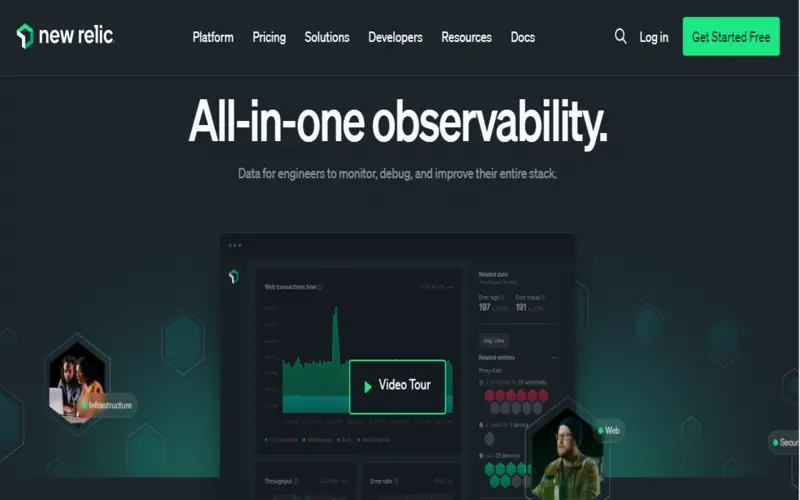
3. Differences In Scales
Besides endpoints for companies’ logic understanding, a microservice should involve method endpoints used to transmit microservices with each other. Each endpoint should be approved, which needs the preparation of test data in a particular layer. Apps manufactured on microservices can use dozens of distinct services. As a rule, microservices are programmers individually and in parallel, which enables speed-up programming. That is why compacts are crucial to such structural solutions.

4. Maximized Agility And More Rapid Development
Microservices pattern allows software development solid to enhance their agility and smaller development cycles. Development groups can work on many services simultaneously using smaller and individual services. Service meshes contain built-in security mechanisms such as service-to-service evaluation, encryption, and access control to protect communication between microservices. Groups can give new characteristics and upgrades to particular microservices without breaking the overall application, enabling quicker interchange and smaller time-to-market.
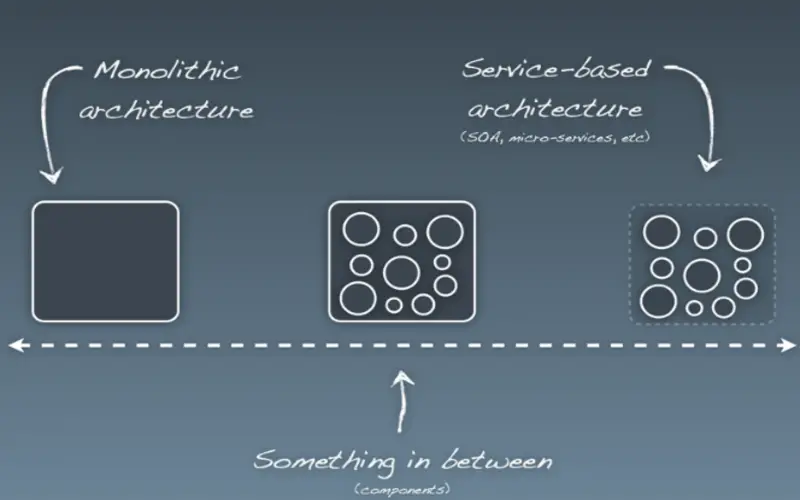
5. Modular Pattern And Self-Deployment
This modular architecture microservices cheers autonomous employment and enables software development to update, scale, and organize independent services without affecting the whole application. This service decreases the danger of issues and failures and allows smooth updates and bug fixes. It also creates repair simply because groups can focus on particular microservices instead of being charged by the complexity of the whole system.
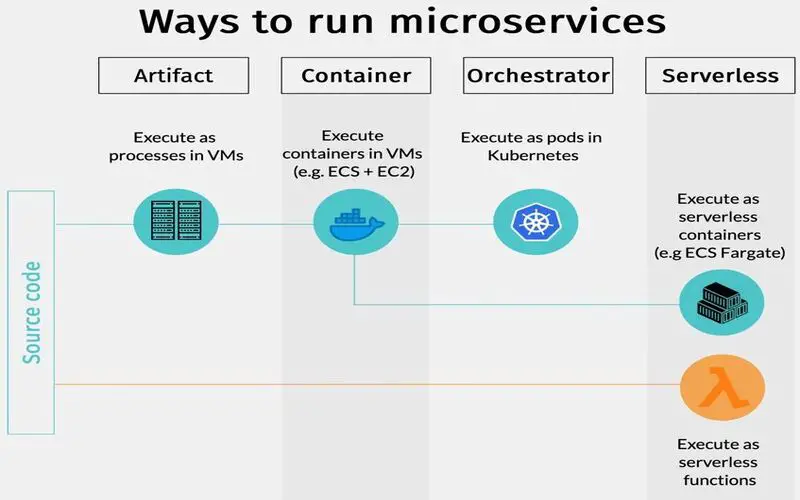
6. Simplified Maintenance
Updates to microservices are essentially easy updates to monolithic applications because they are complex and self-contained. Alternatively, there is a lower possibility of difficulties happening when converts are operated because each microservice is responsible for a particular task. It significantly reduces the risk and time involved in maintenance and updating.
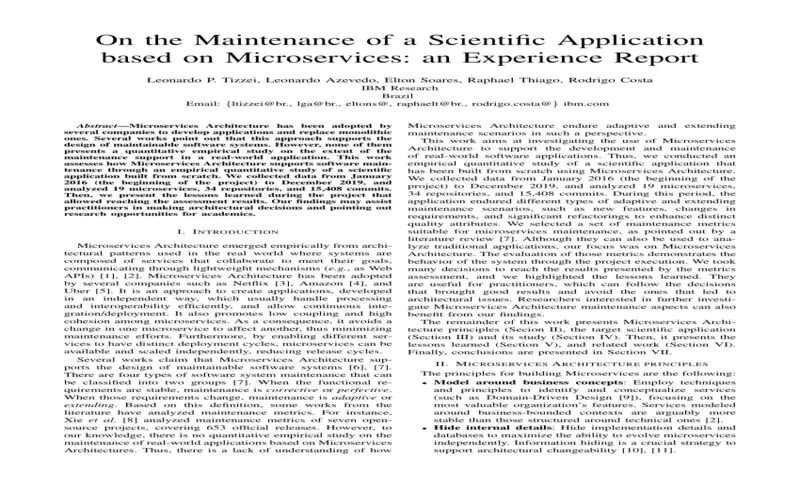
7. Fault Isolation To Eliminate Downtime
If a single microservice undergoes is difficult, you can separate it into just that microservice and stop combination failures from causing the application to trash. Because of this fault, even if one of the essential parts of your application fails, it can still function.
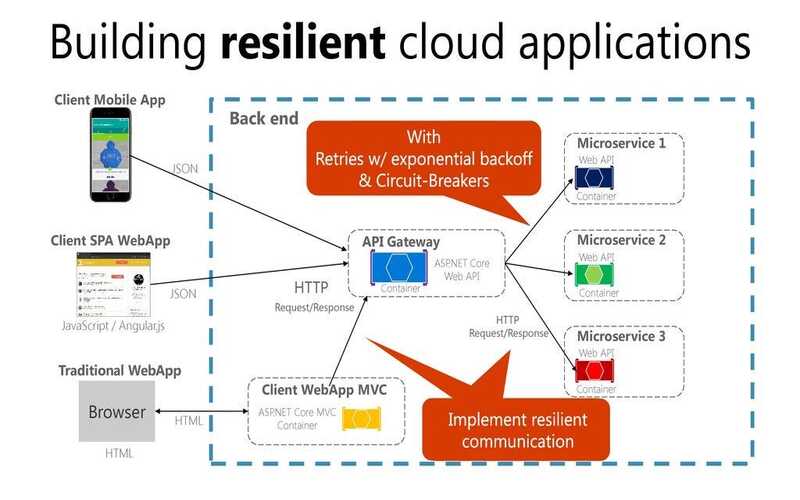
8. Service Architecture (SOA)
It is a software pattern style in which services are sent to other parts by a transfer protocol over a network. SOA combines distributed, individually organized, and employed software parts. It is based on specific core values, many of which also supply to microservices, such as reliability, company value over technical method, development refinement, or inner interoperability.
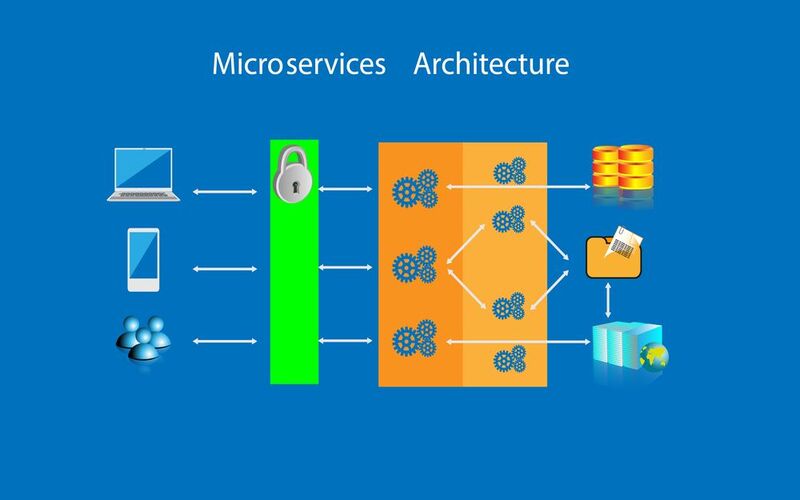
9. Personalize Services
Each microservice can focus on a particular feature of the single- or multi-tenant SaaS application. For instance, it can be consumer authority, data evaluation, reporting, or payment processing. Thus, you can give consumers the option to choose and pay for the intended services according to their needs. At the same time, they can blend and match independent services to generate the perfect solution. Such cost-efficiency can attract more users.
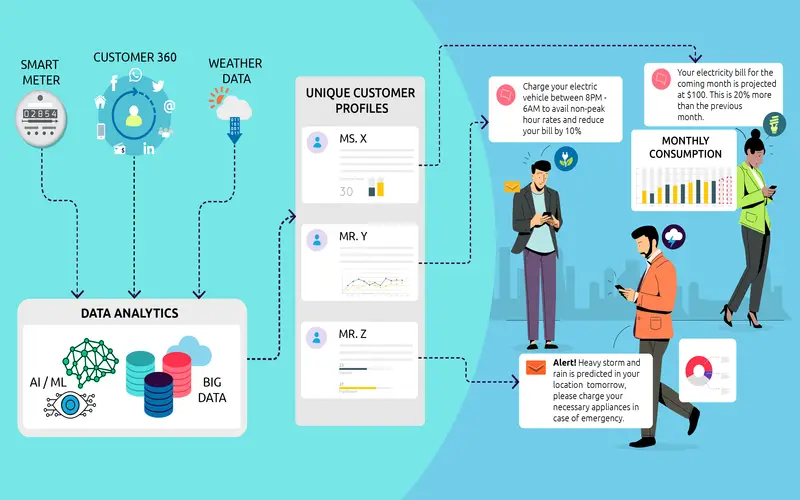
10. Debugging Issues
It is safe to say that tracing and fixing issue sources in a microservices structure is both a time ingestion and a costly affair. More frequently than not, failure data is not produced helpfully simultaneously within microservices, and there is a straightforward stack track. Rather, you would have to work your way backward through status numbers and vague error messages generated across the network.
